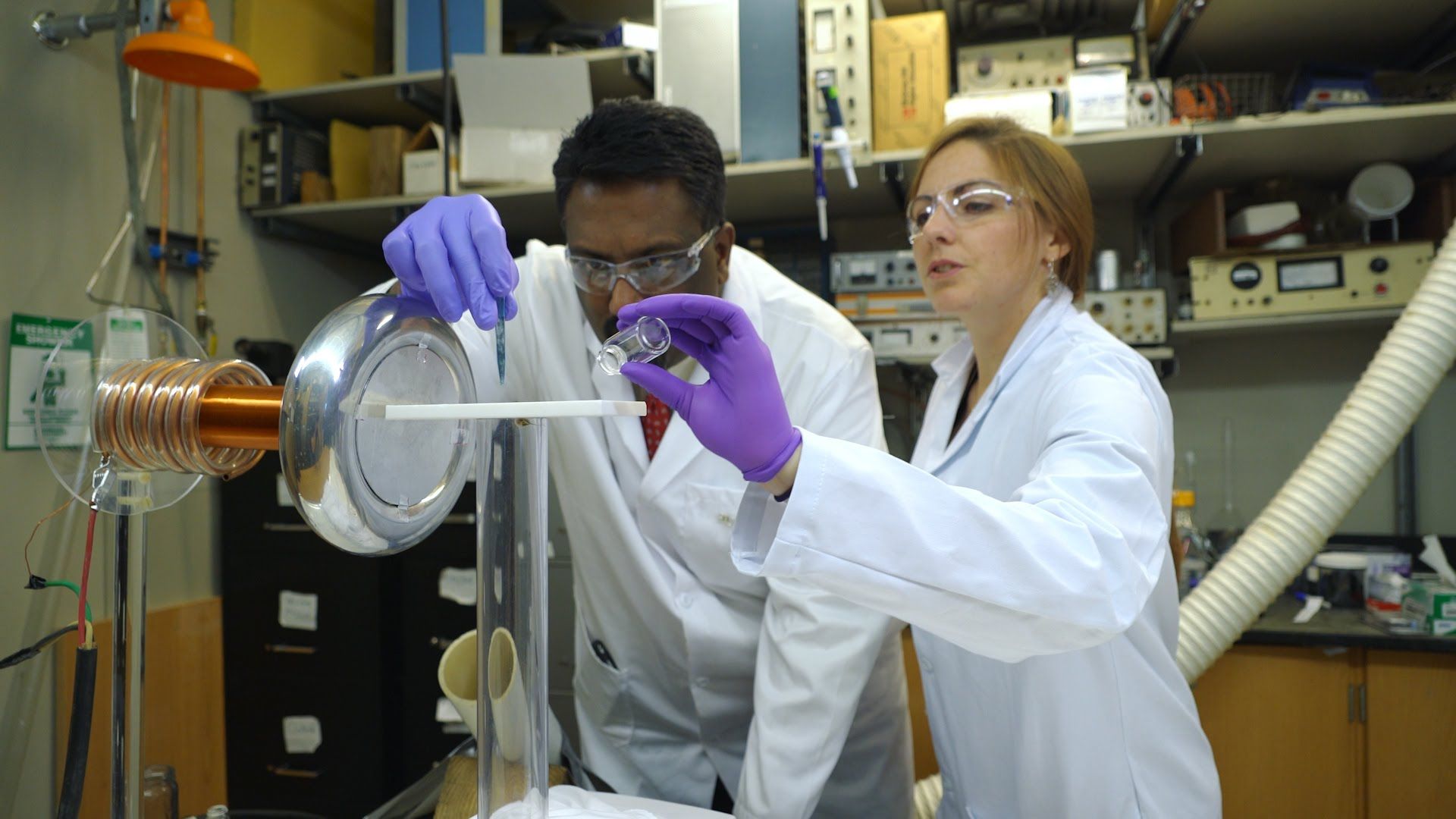Apr 26, 2016
‘Nobody wants our quilts until they need one’: Quilters provide comfort to 50,000 people with cancer
Posted by Karen Hurst in category: biotech/medical
A feel good story for this Tuesday at work to brighten up your day. Hope it brings a smile to everyone.
Combined, they took 77 years to make and cover an area 28 acres in size, slightly larger than Parliament Hill. They’re beautiful, comforting and hopeful, but at times tinged with sorrow.
This week, Betty Giffin will knock on the front door of a home in Ottawa. She’ll have with her a handmade quilt to give to the woman who lives there. The woman has cancer, as does everyone who receives one of the quilts from Giffin’s organization.


















